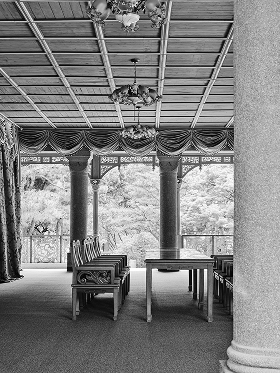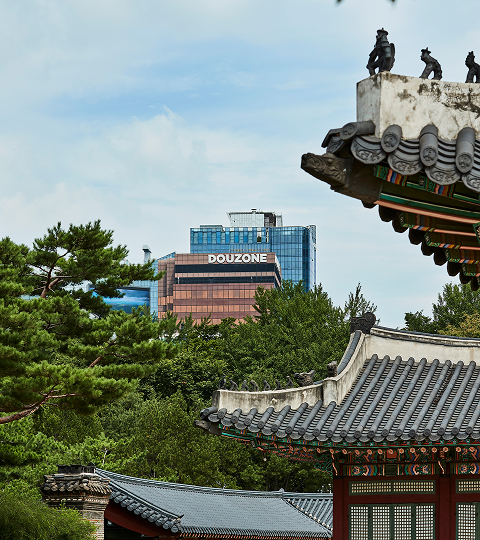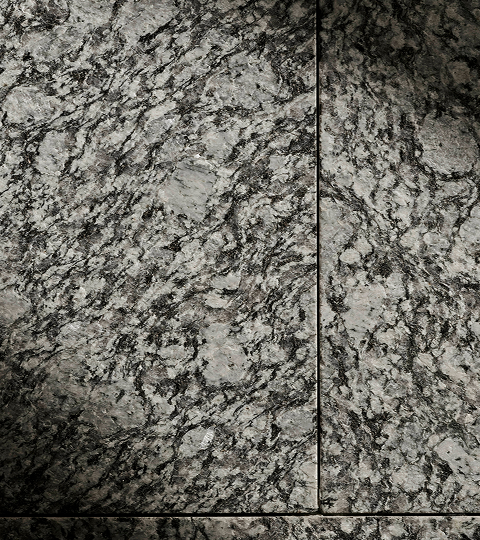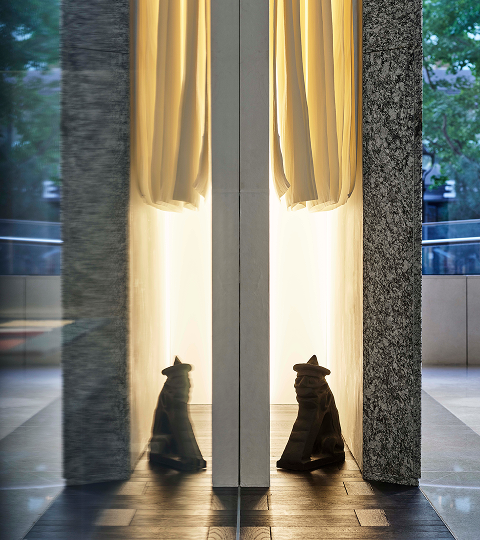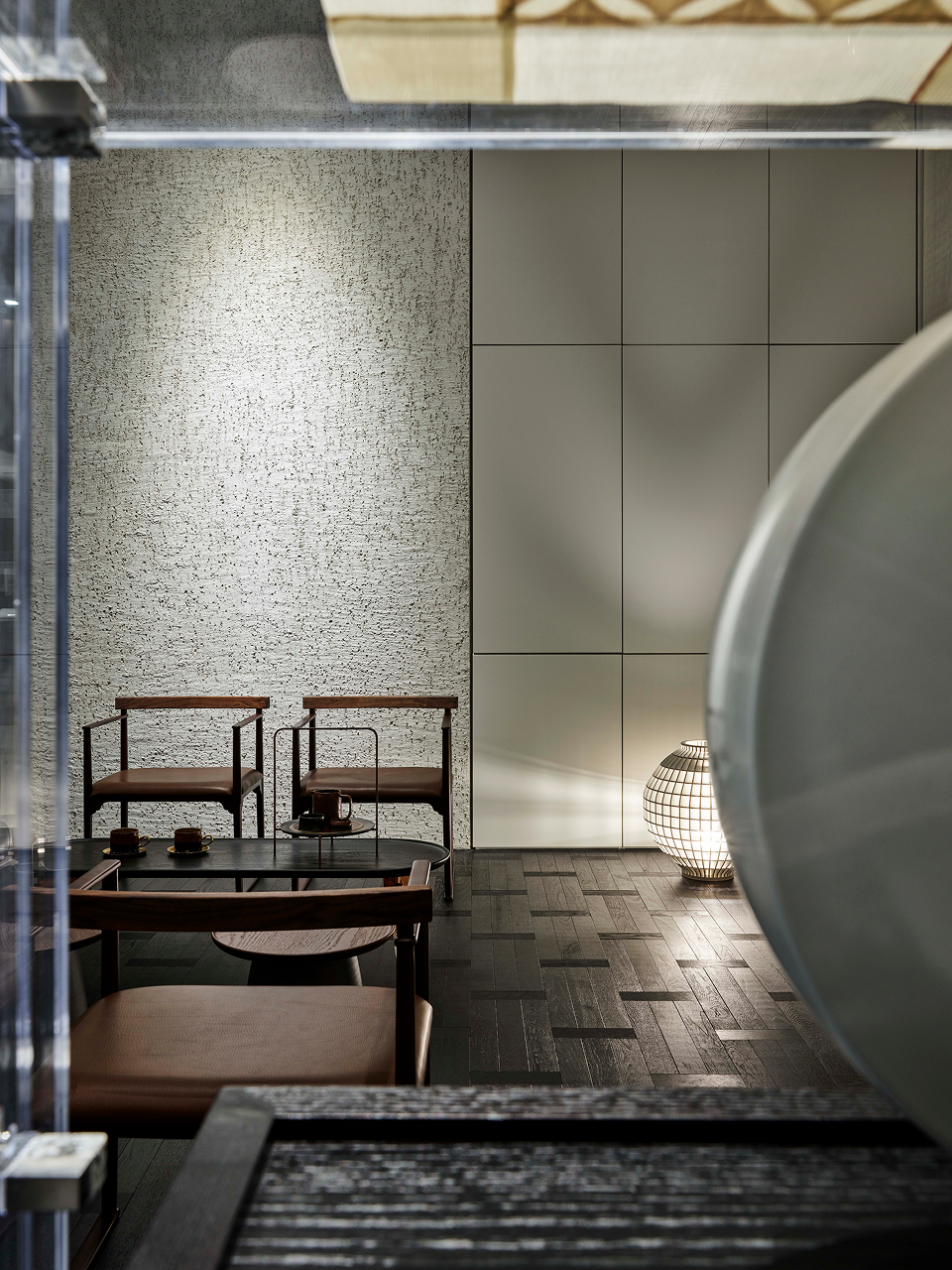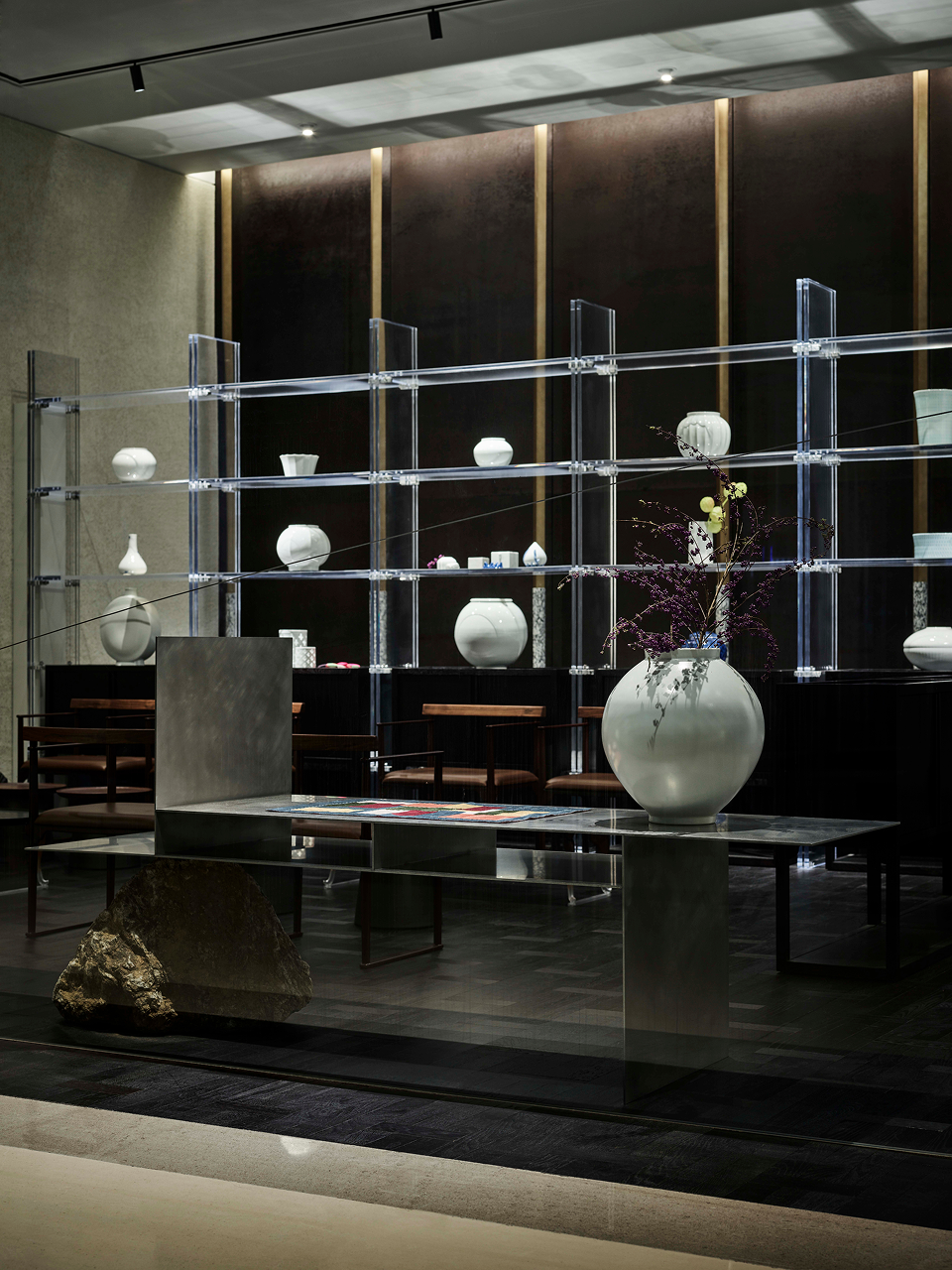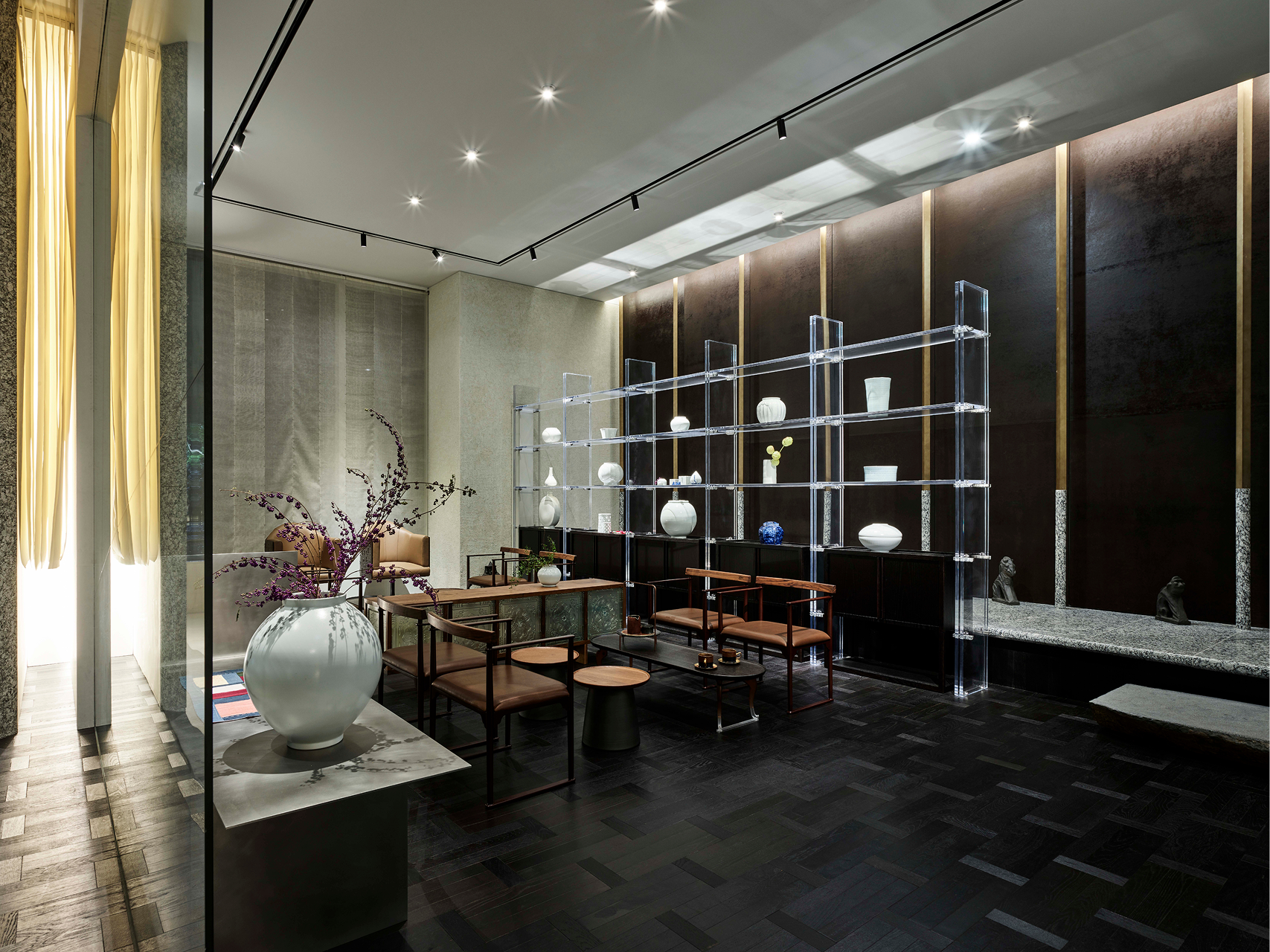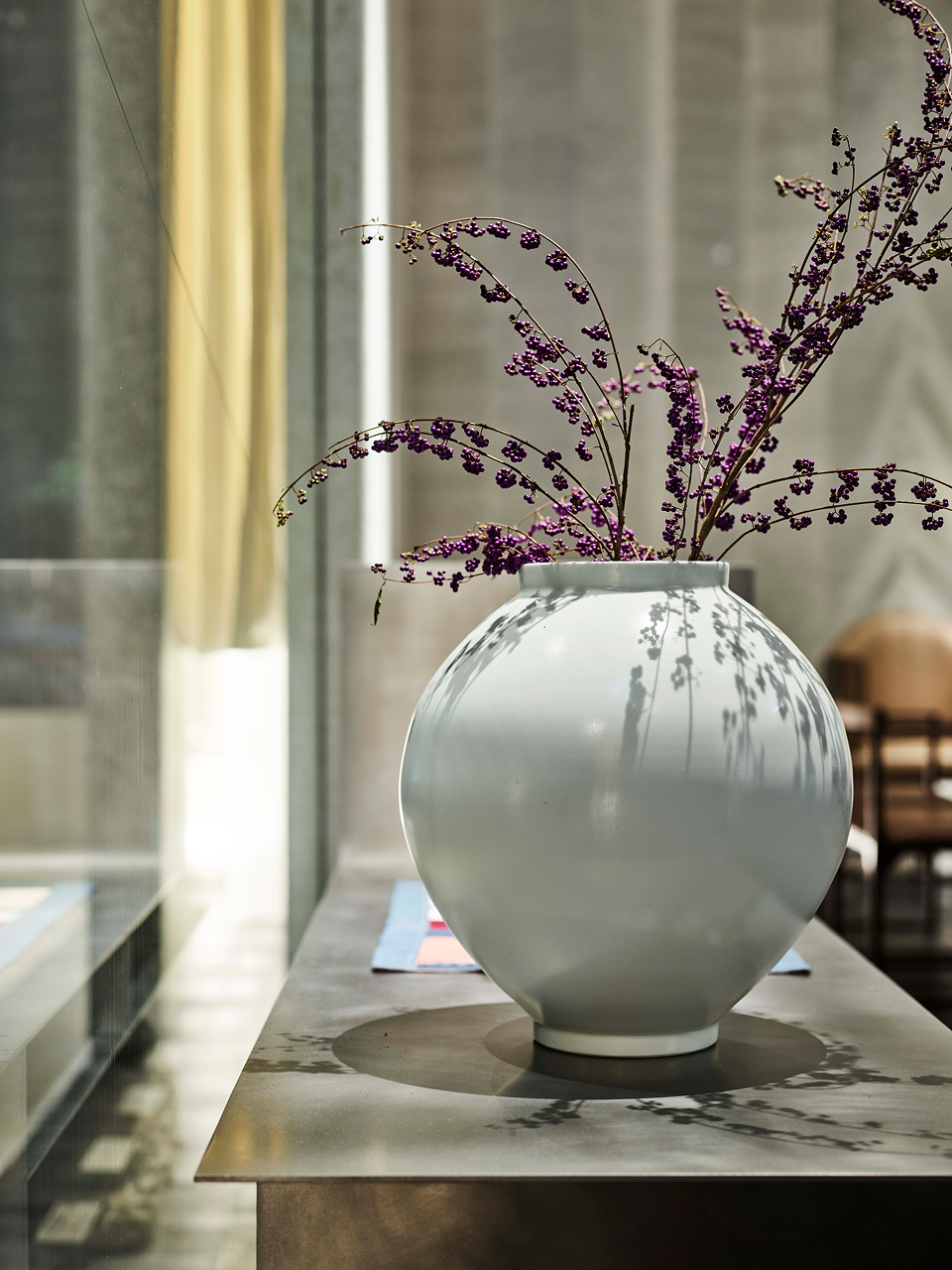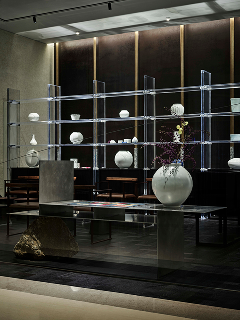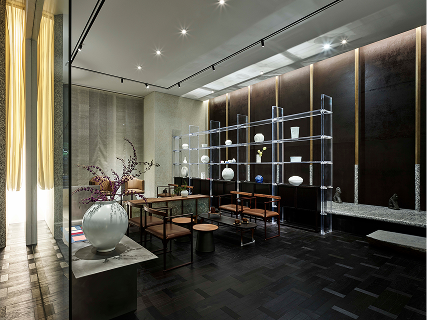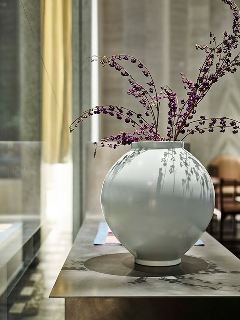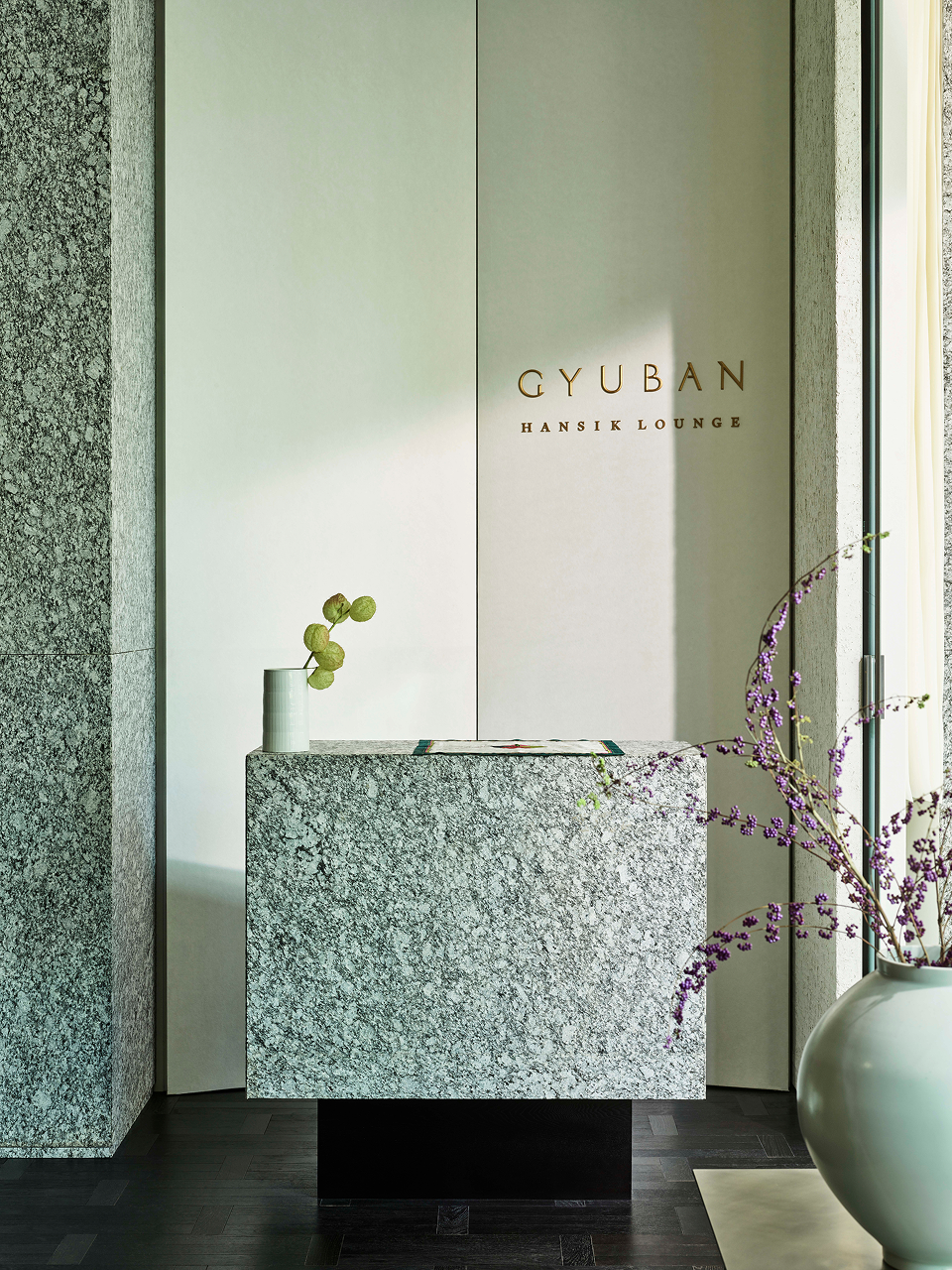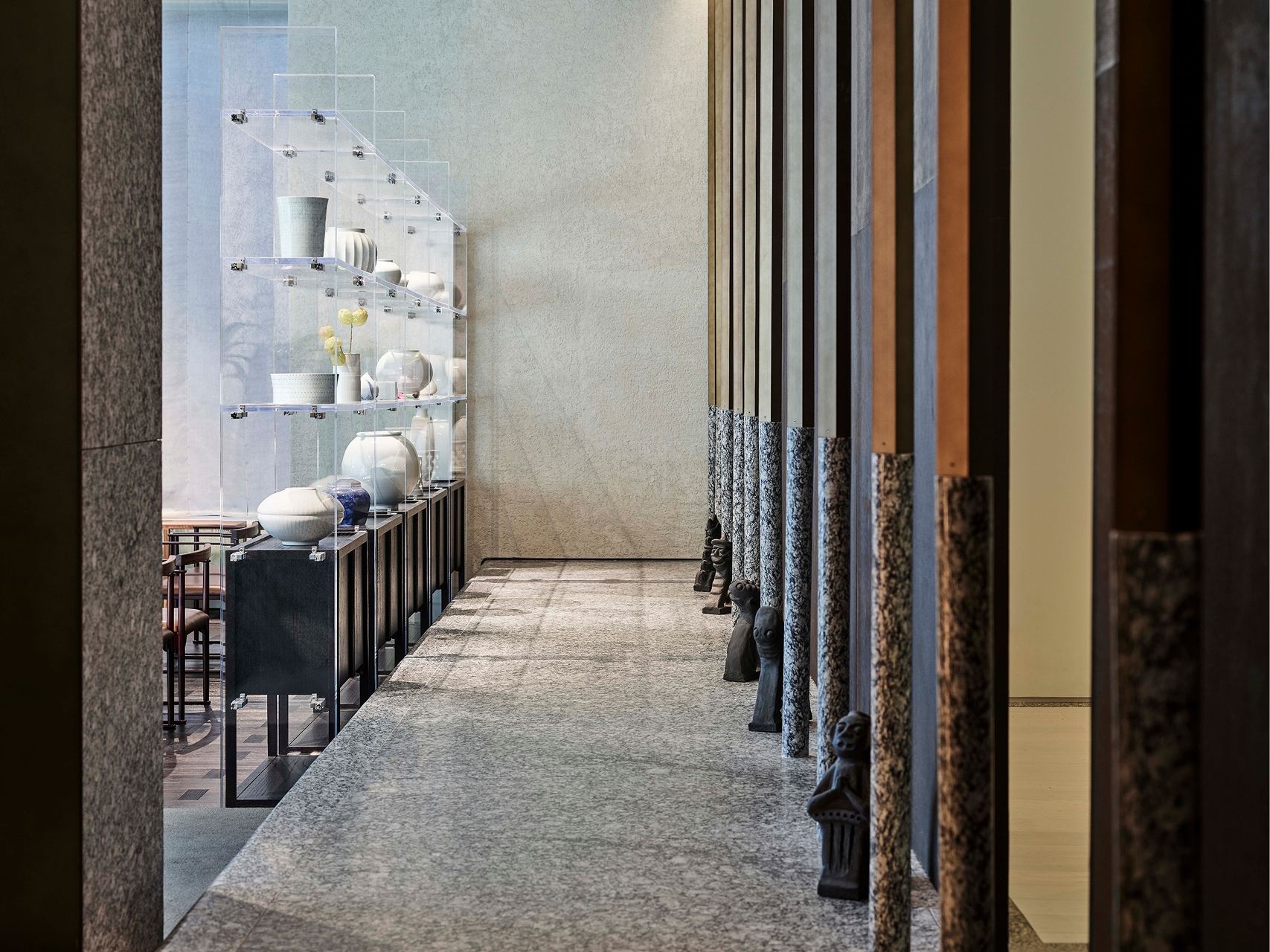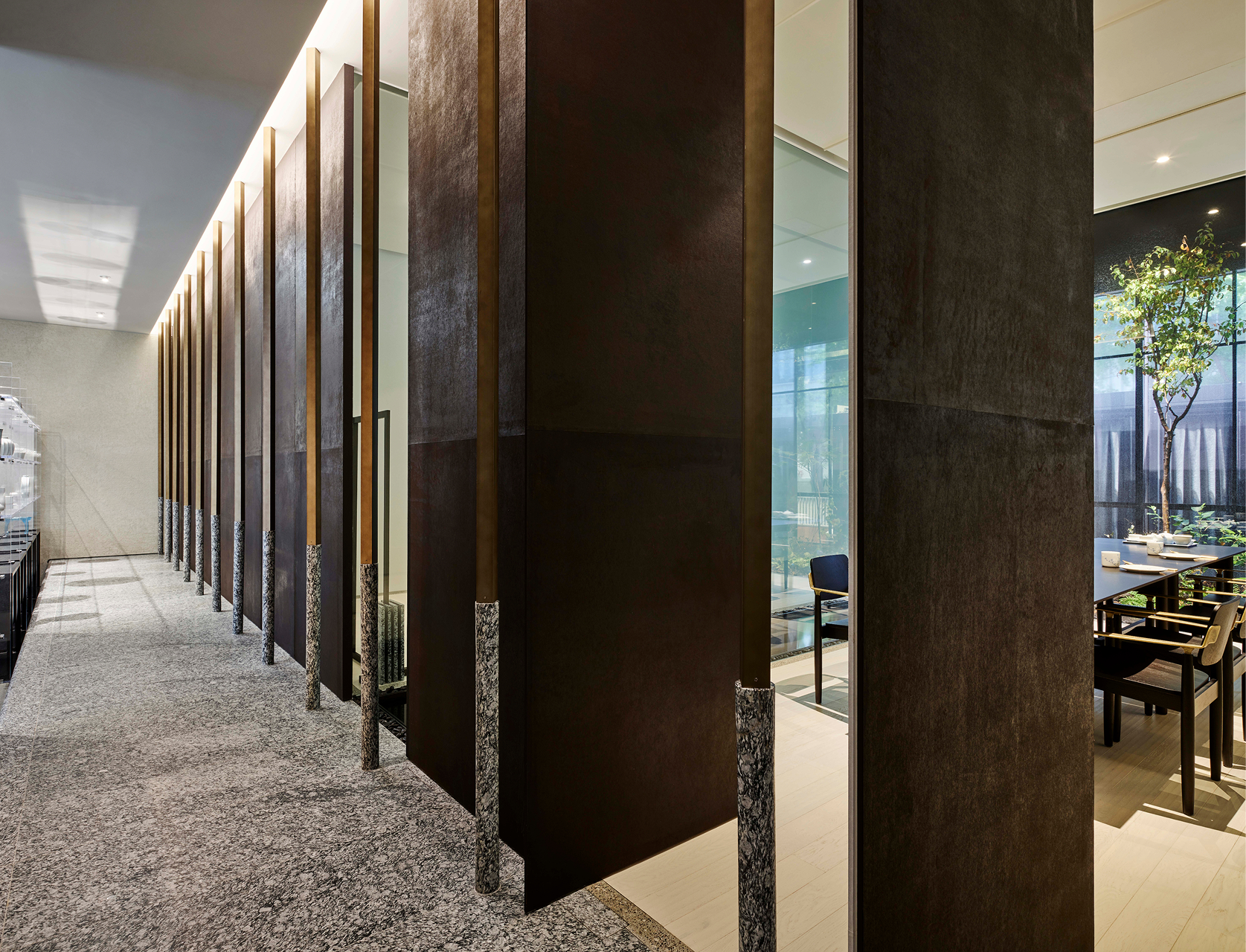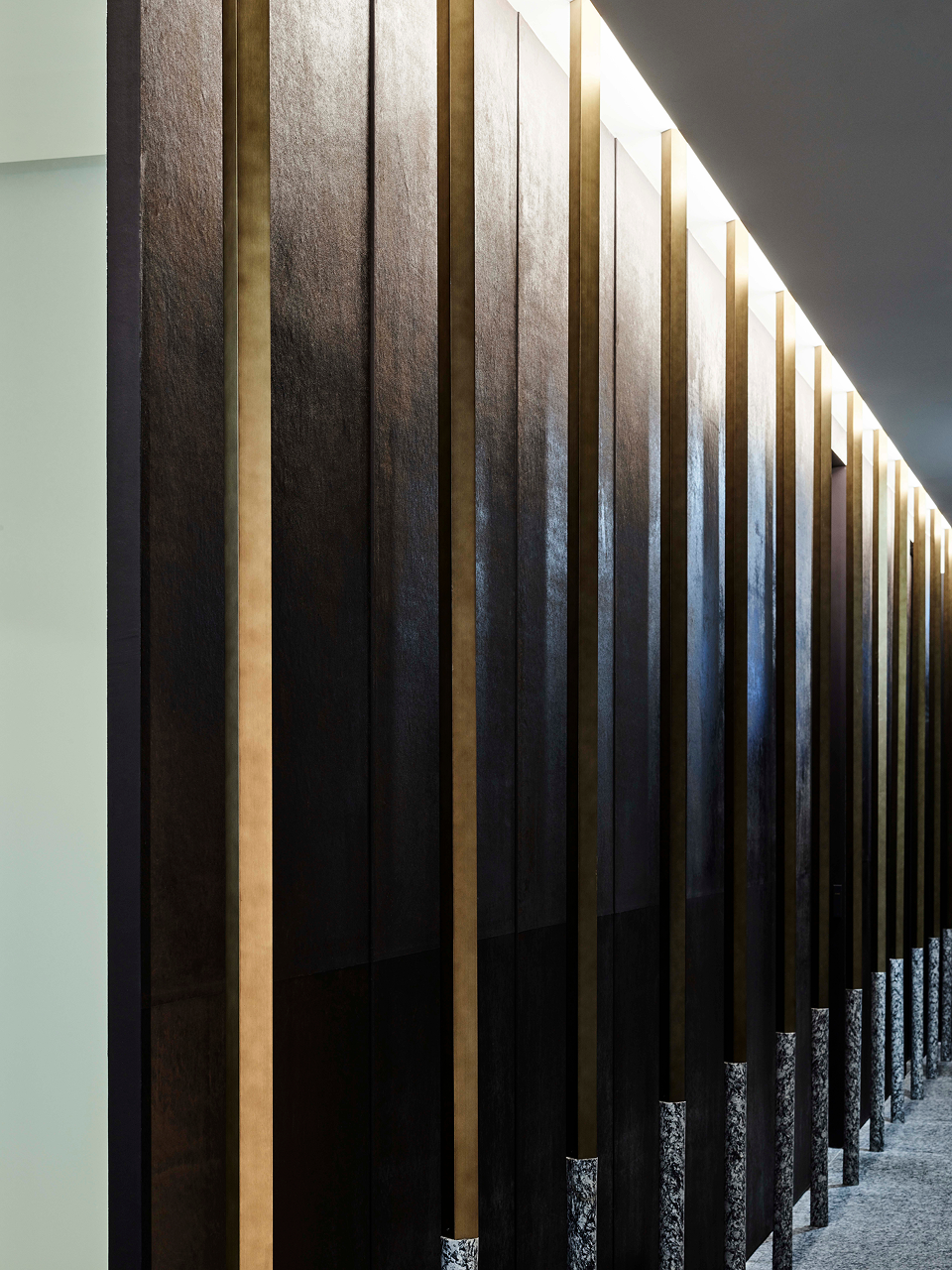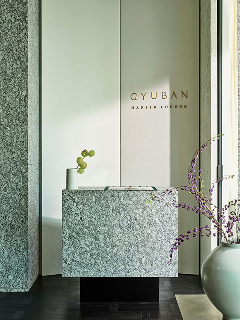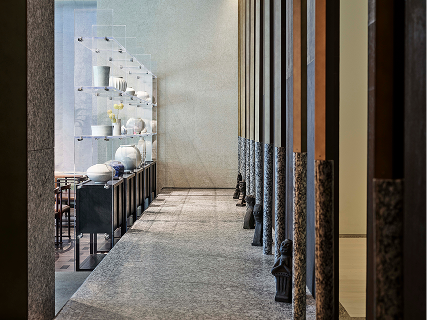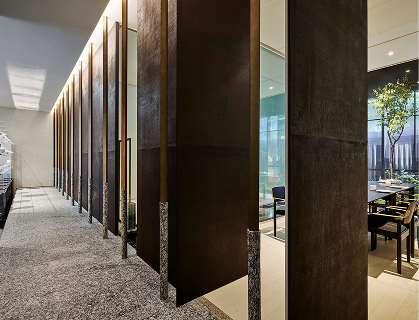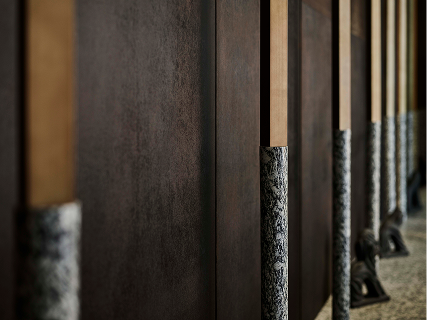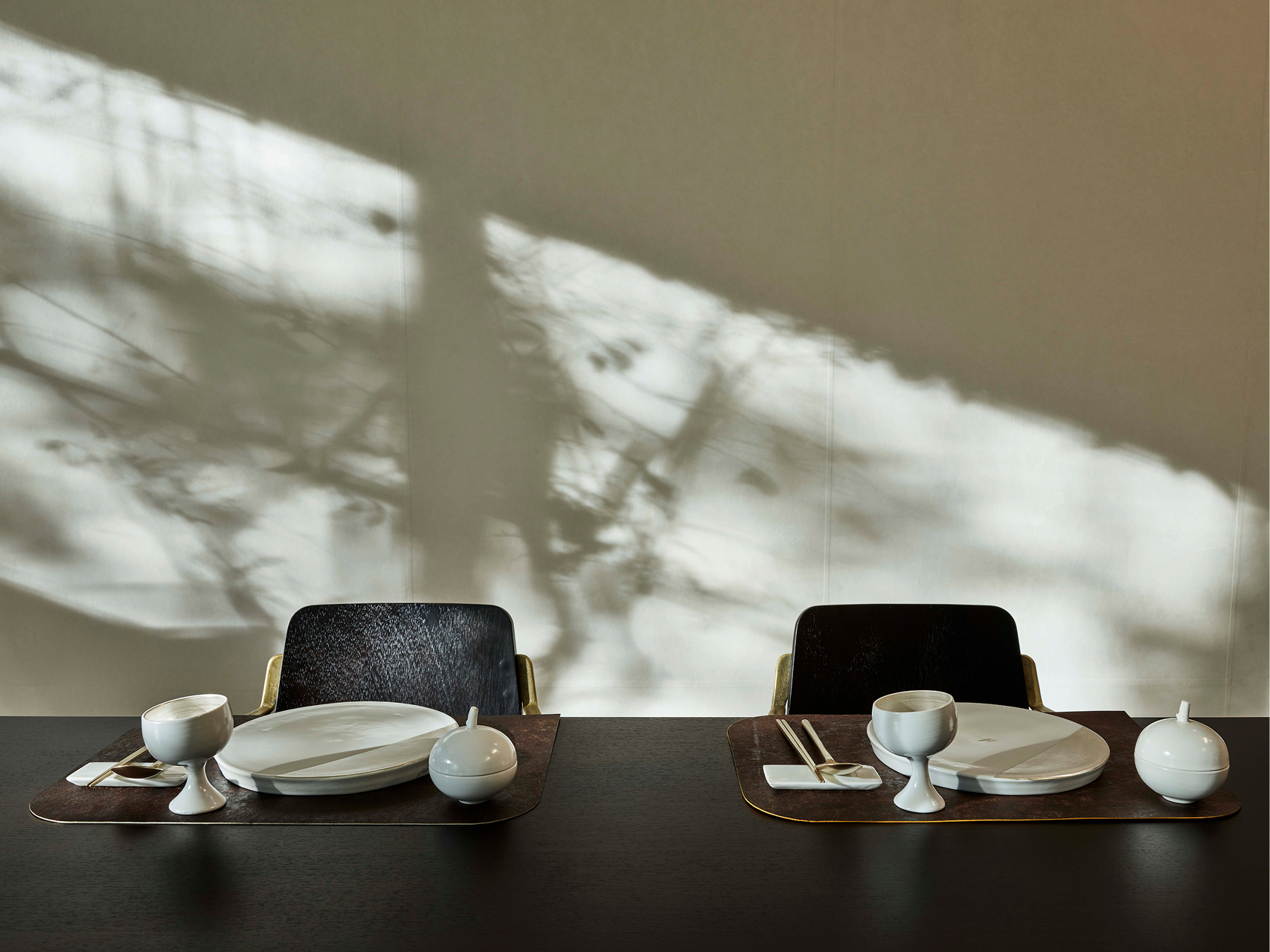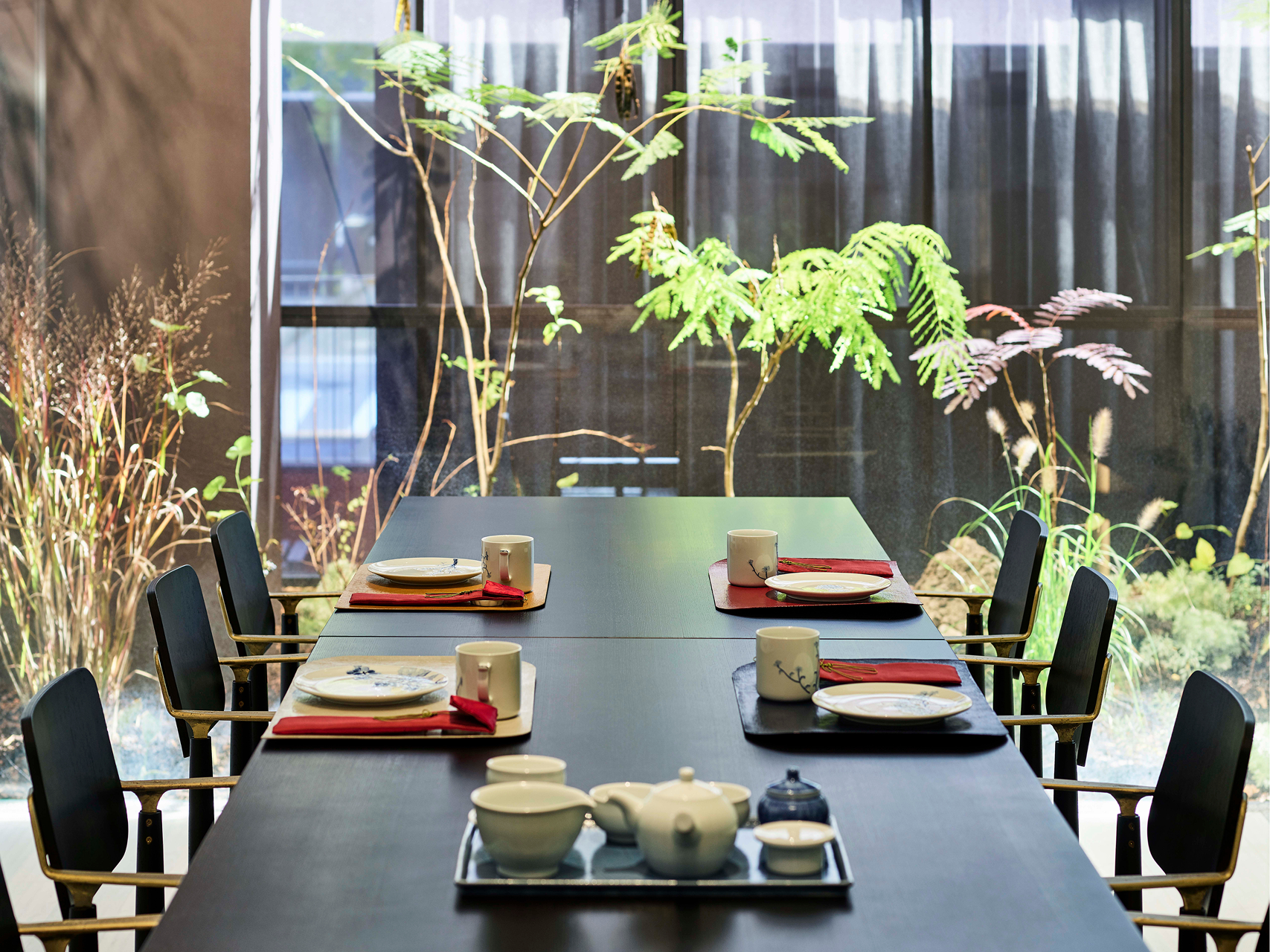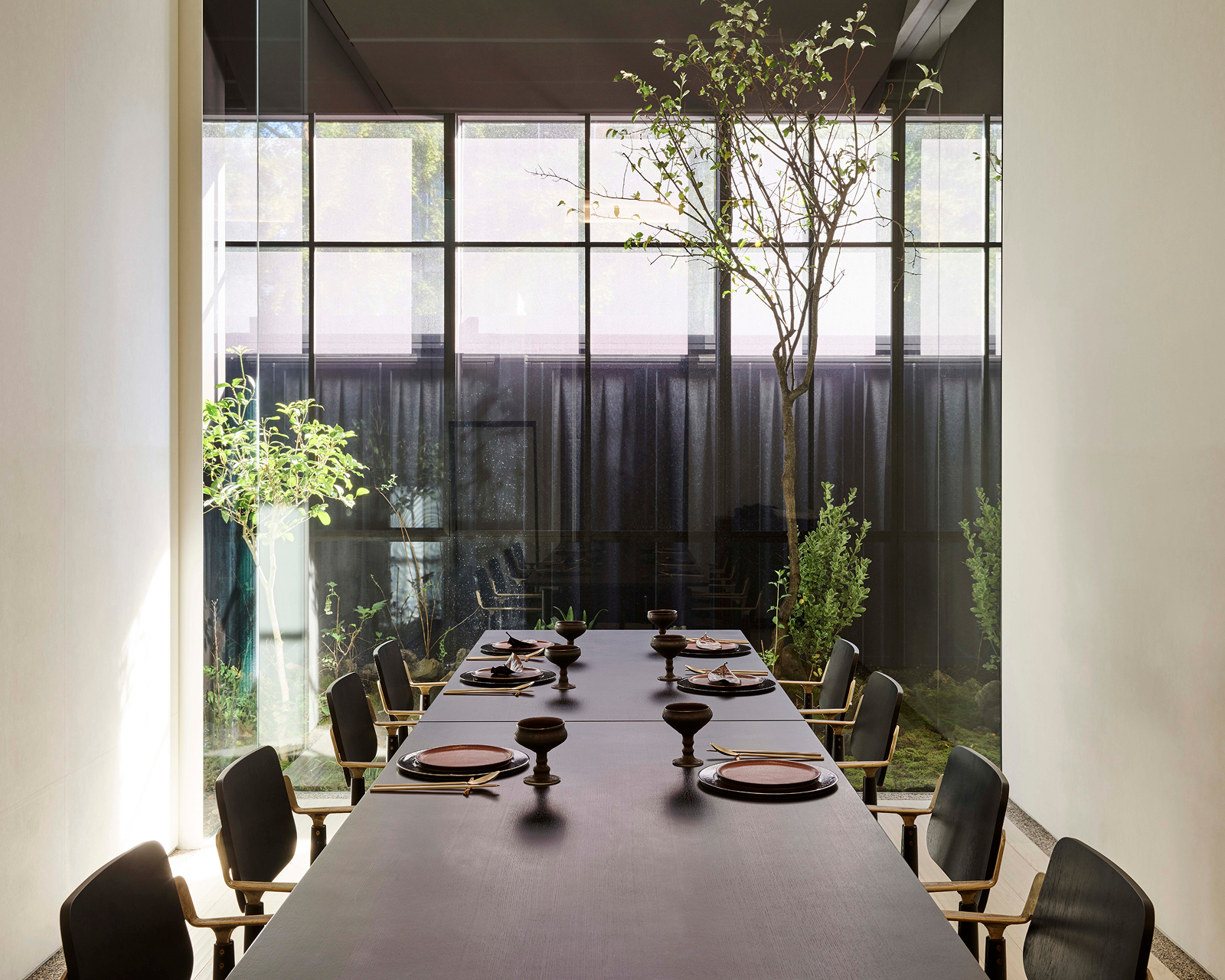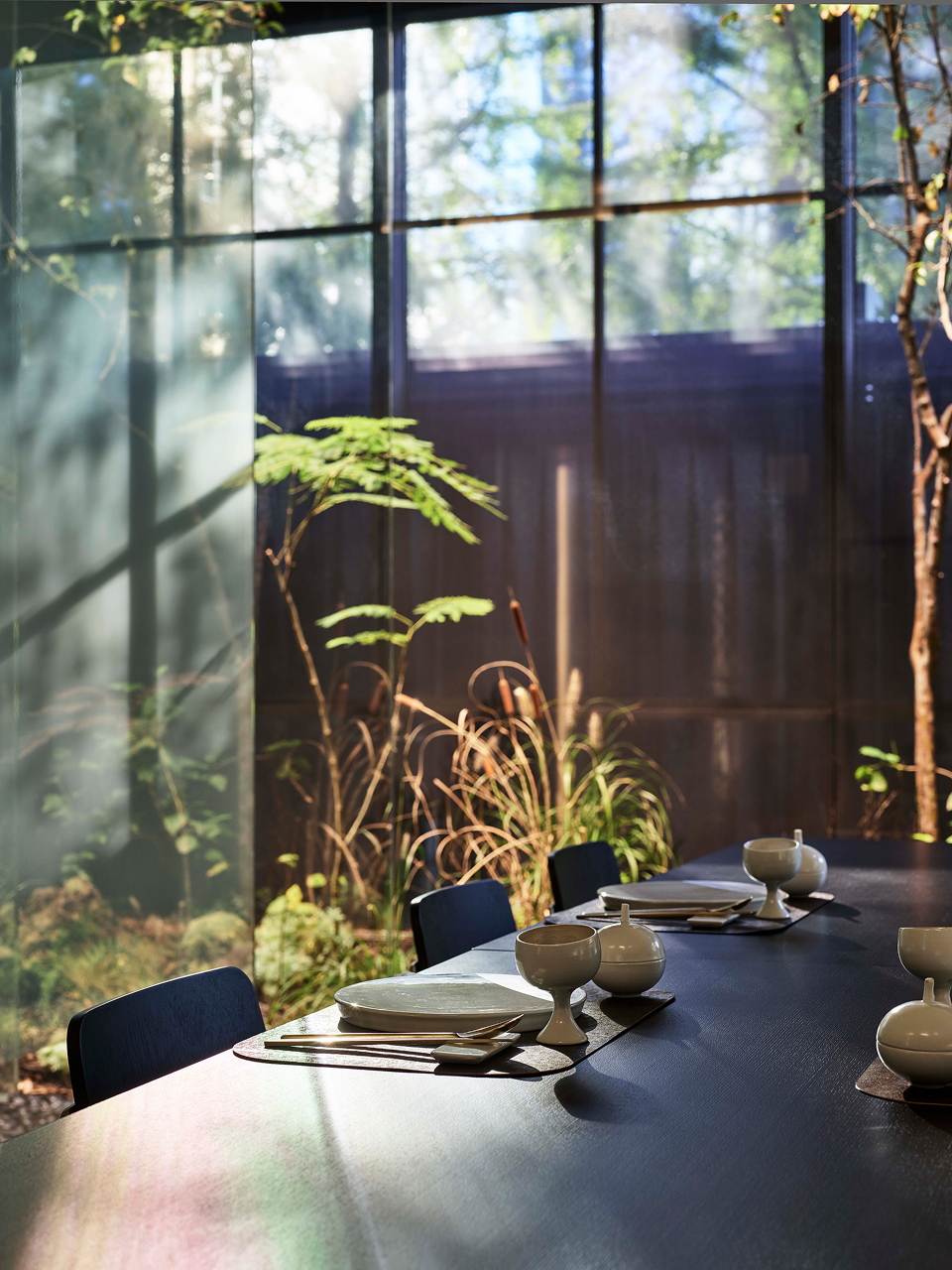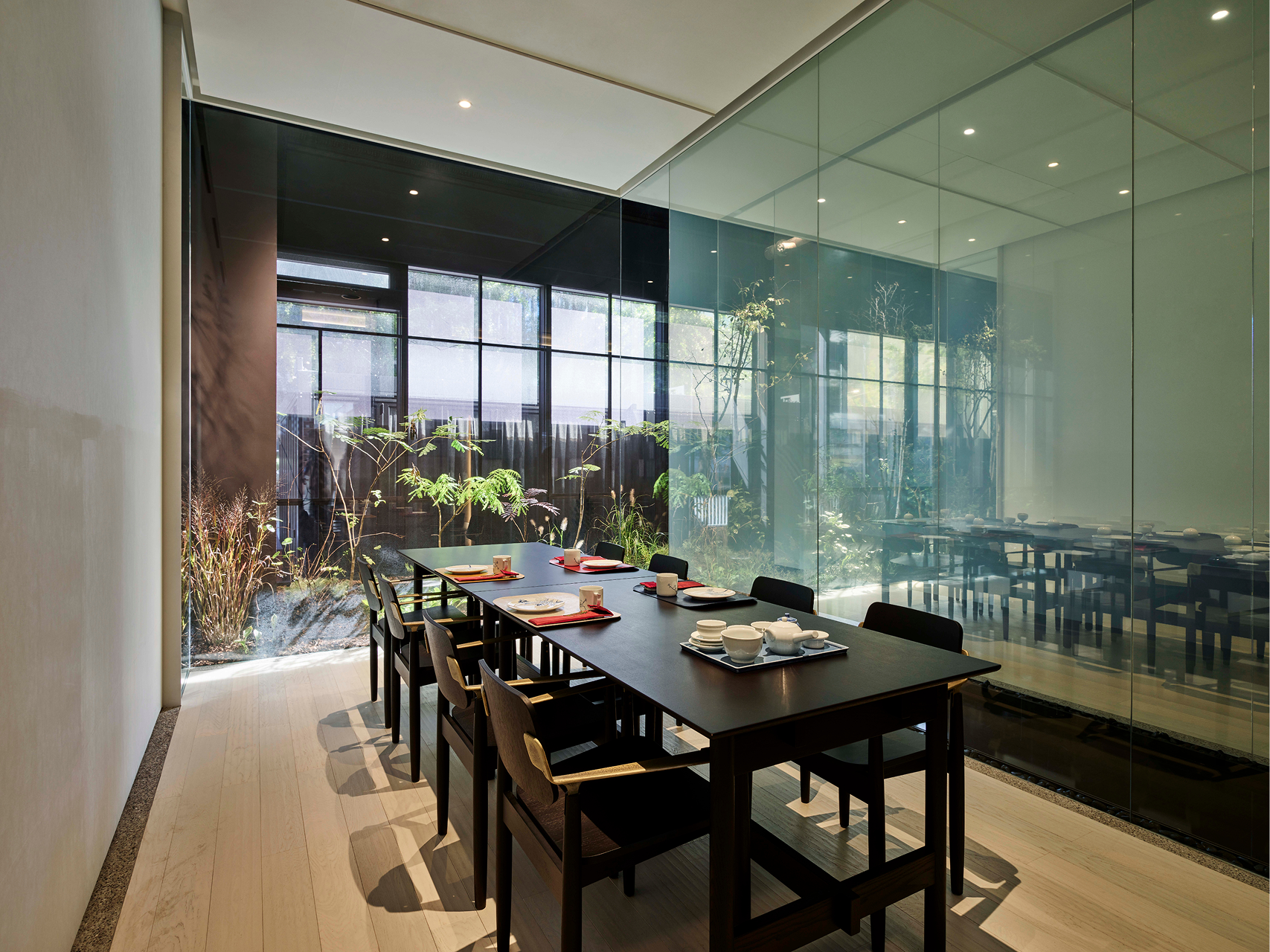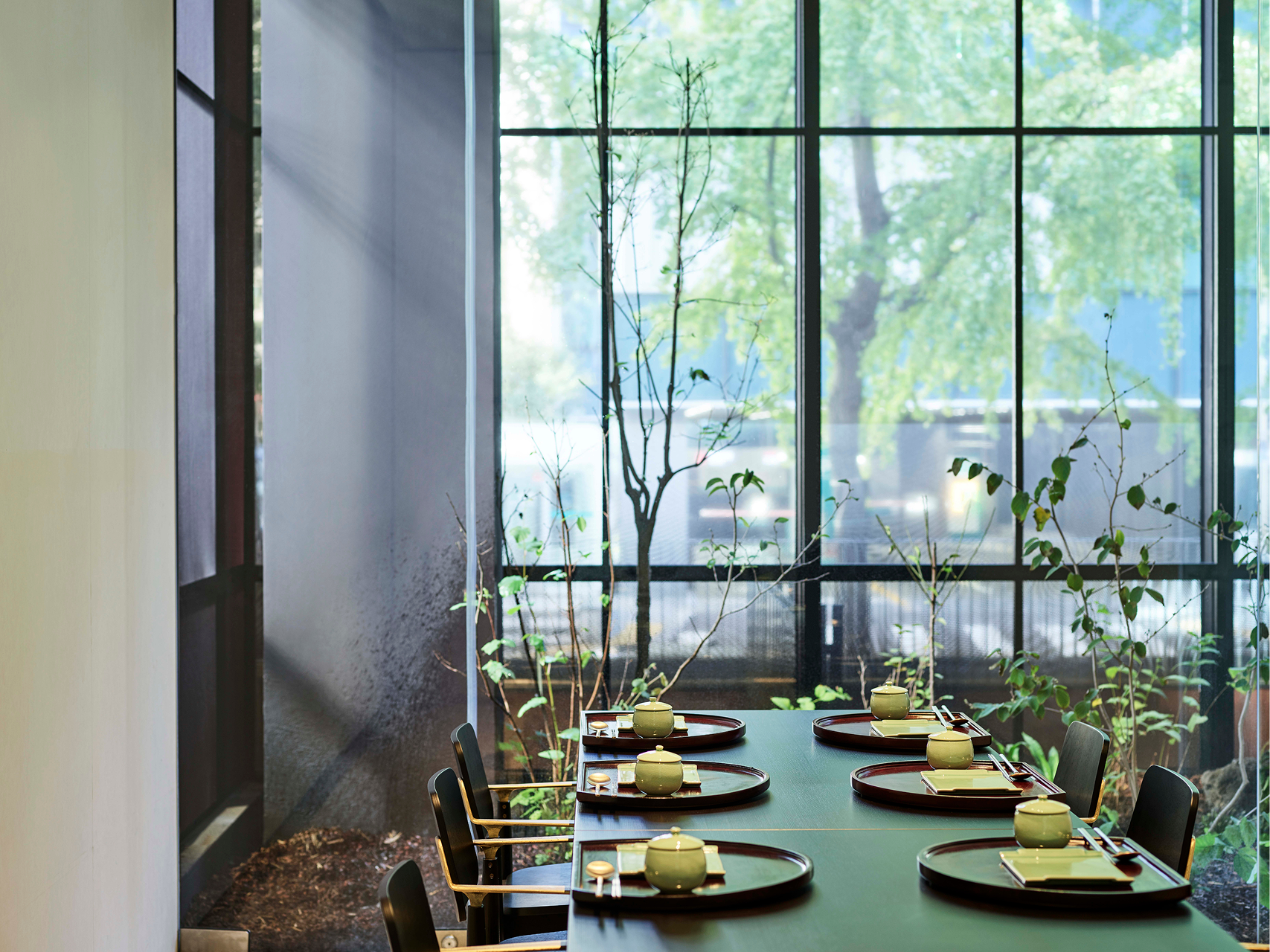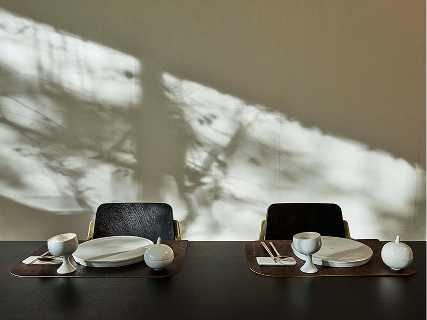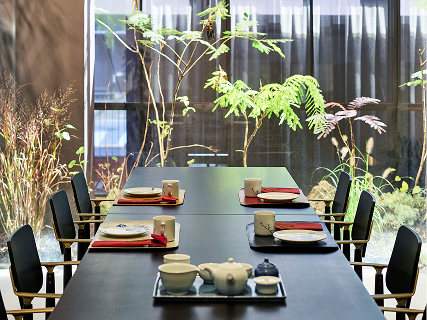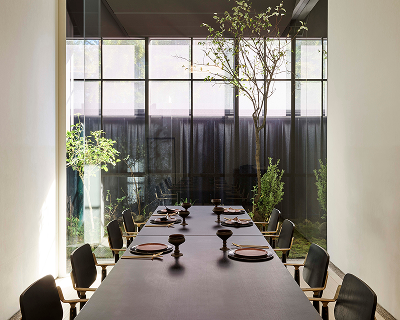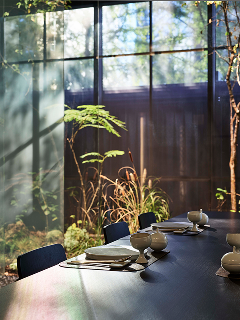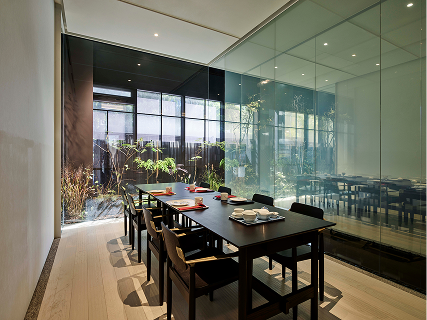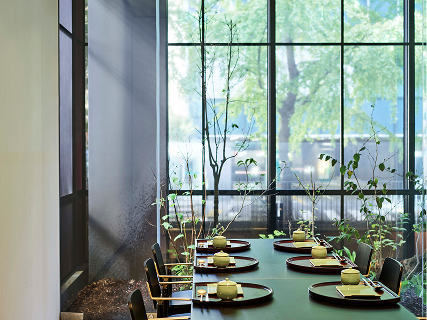SPACE
Designed with the concept of a 'Space of Records,'
encountering aesthetic beauty beyond a mere dining experience
Find a quiet, relaxing space in the middle of bustling Euljiro. The Korean restaurant
GYUBAN is surrounded by a forest of metropolitan buildings, where you are invited into an
extraordinary time and space that combines the past and the present. Similarly to how the
chef-owner Jiyoung Kim creates court cuisine by referencing records from ancient books,
parts of GYUBAN are composed based on the concept of a “space of records,” where
aesthetic beauty can be found beyond the dining room.
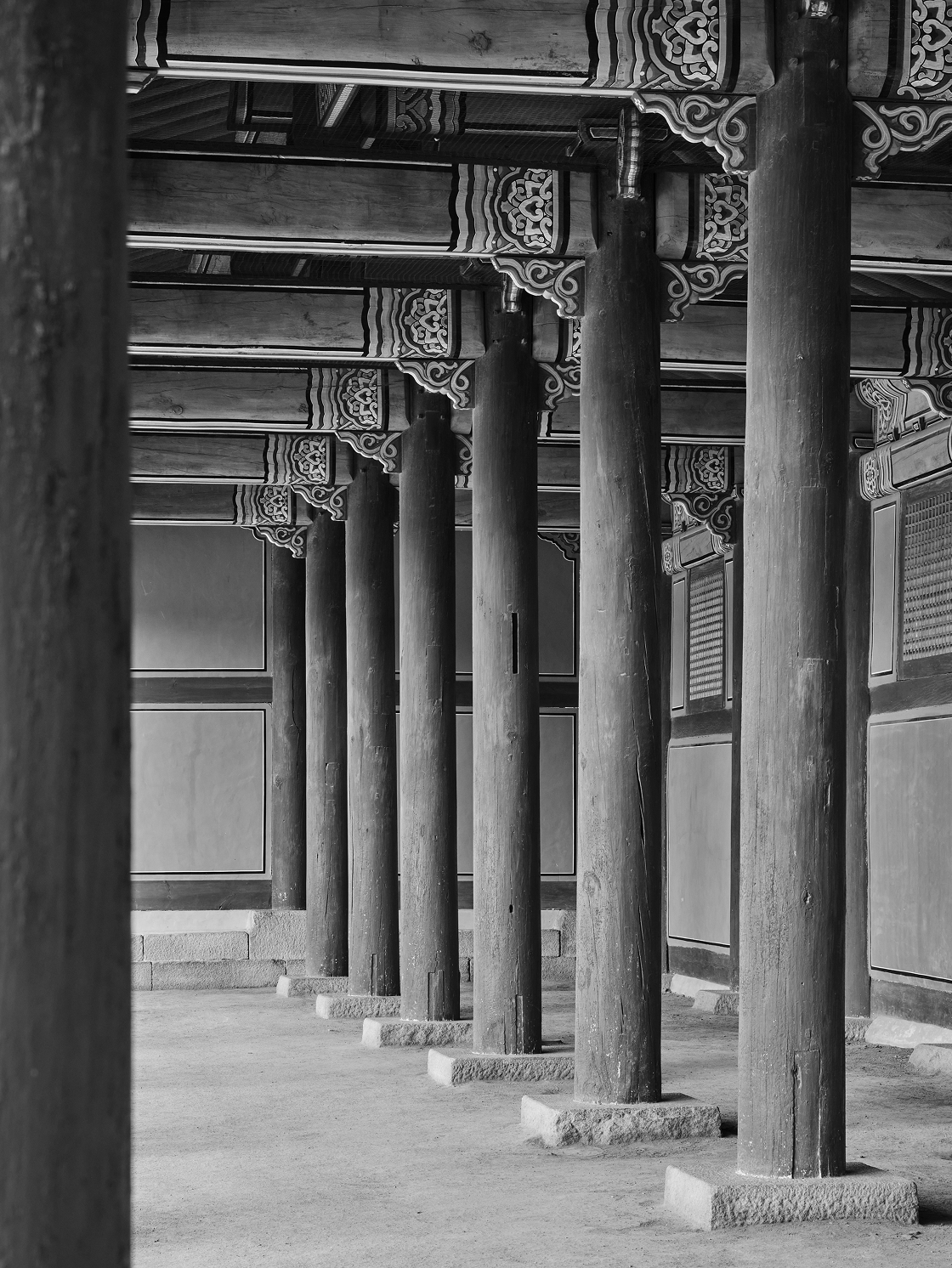
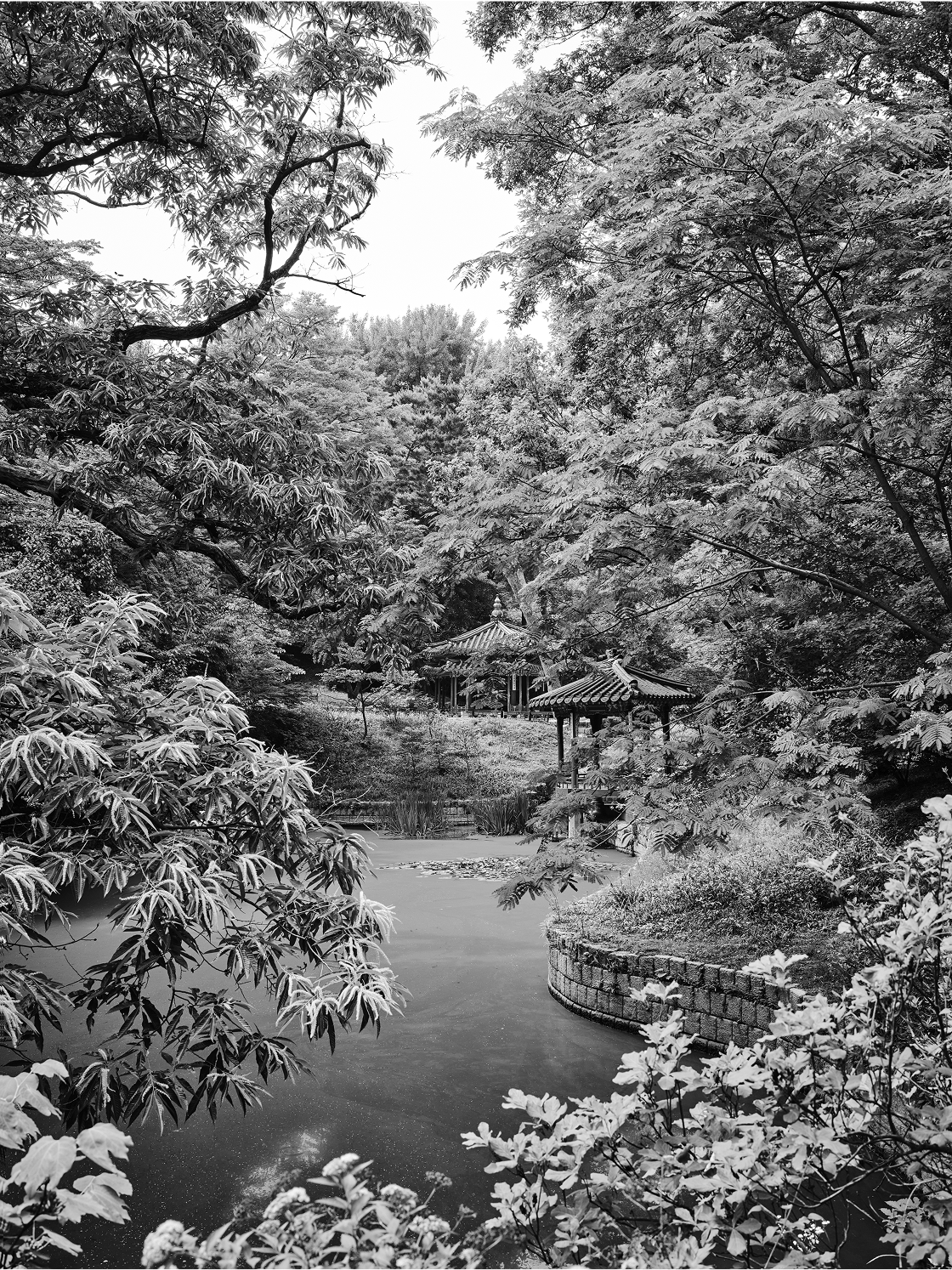
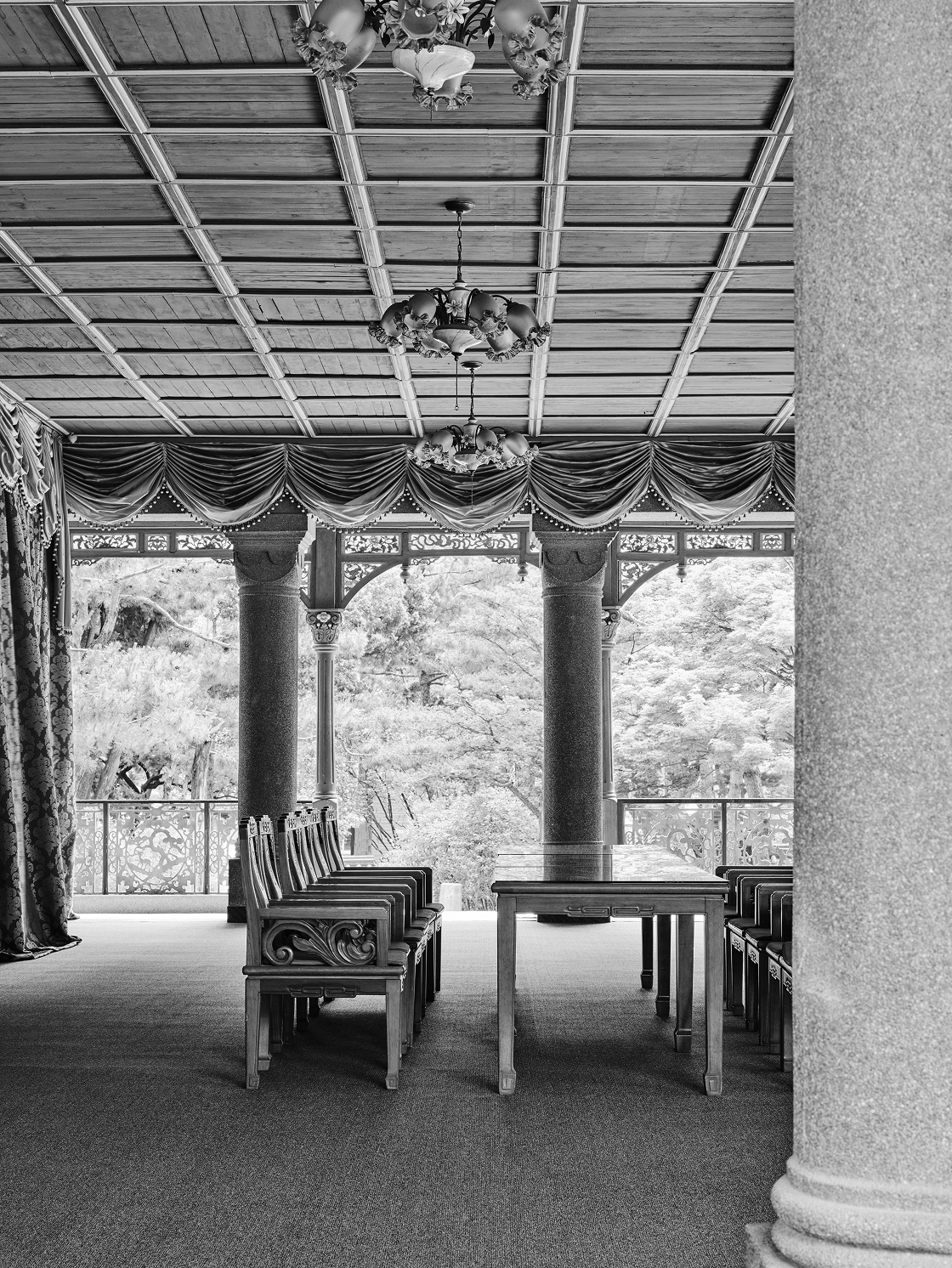

THE HARMONY OF EARTH, WATER, ROCK, FIRE, AIR AND PLANTS
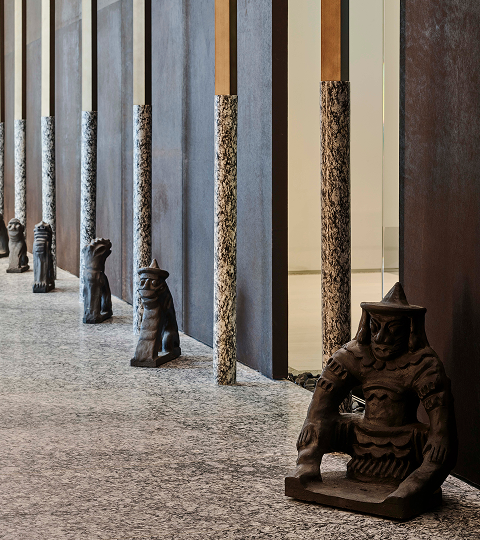
CORRIDOR, THE SPACE OF
TIME
After passing through the lounge, you encounter a long corridor that leads to five rooms. It is inspired by the corridors in a palace and acts as a device that emphasizes temporality of space. The thin colonnades reflect those found in the corridors of a palace, and remind you of the conflict between ancient times and the 21st century. To maintain the motif of a palace, imperial roof decorations are placed at the entrances of the dining rooms, that both serve the function of blocking misfortune and symbolize royal dignity. The colonnades and roof decorations are again devices that connect space and time of the past and the present. There is also a soundproof phone booth at the end of the corridor for guests to use.

THE HARMONY OF EARTH, WATER, ROCK, FIRE, AIR AND PLANTS
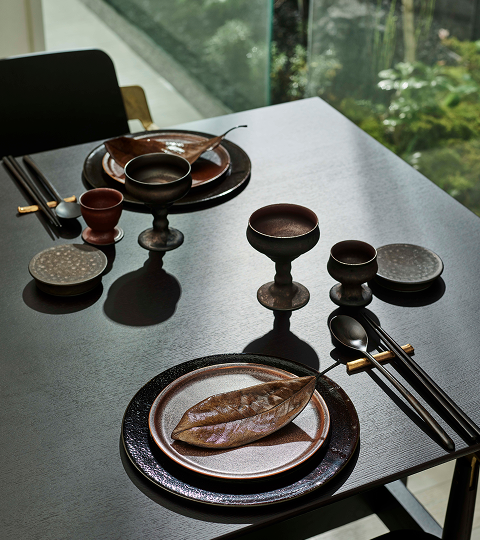
DINING AREA, A TABLE IN
NATURE
Green nature unfolds at the end of the dining area. This is a unique space that is made for forgotten wild plants that have been gathered to remember the value of what remains. The room is divided by a miracle glass, with an adjustable transparency that allows you to see widely. In the landscaped area that can be seen from inside the room, it looks as if it is raining. Rain is a medium that connects the past and the present. The moment when it rains connects the moment when it rained during ancient times to the space in the 21st-century Korean restaurant GYUBAN.


